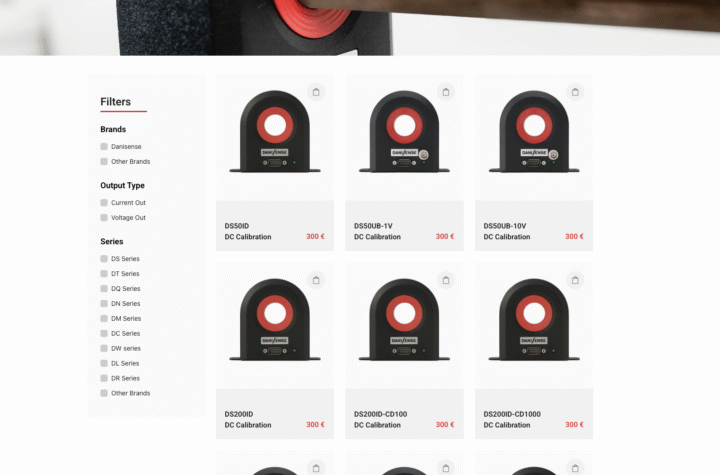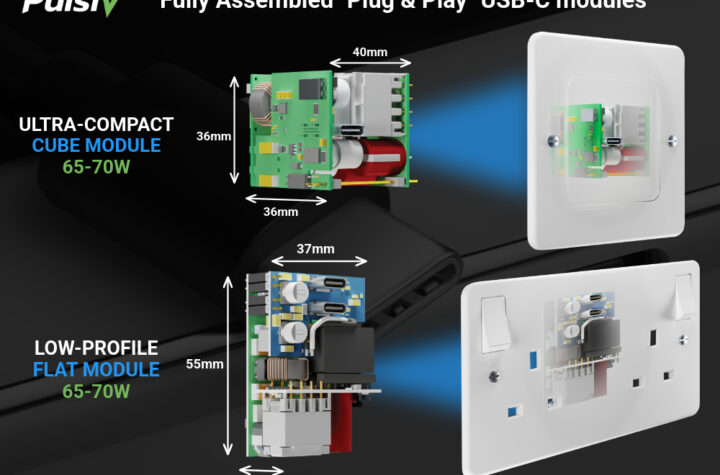
Communications between U.S. automakers and their suppliers aren’t as good as the industry may think and may not get any better in the short term.
According to a survey by Planning Perspectives, U.S. automakers are not trusted by suppliers and may actually be estranging themselves from component companies.
“The approach that domestic OEMs are taking appears to be alienating suppliers,” says John W. Henke, head of Planning Perspectives and facilitator of the survey. Domestic OEMs are not involving suppliers and are not looking to suppliers for help and support, he says.
On the opposite side, Japanese automakers with plants in the U.S. are embracing suppliers and supplier involvement during vehicle programs.
Planning Perspectives asked suppliers to share their experiences with the U.S. Big 3 (General Motors, Ford and Chrysler) and the Japanese Big 3 (Nissan, Toyota and Honda) with plants in North America. Some 261 Tier 1 suppliers replied including 63 in the top 100 supplier list. The suppliers equal 51 percent of the annual buy of the six OEMs.
“We have a very good representation of the supply base,” Henke says.
Planning Perspectives also used the information to develop a ‘supplier working relations’, index that assigns a number to an automaker’s relationship to suppliers. The higher the number the better the relationship between the OEM and supplier community. Starting at zero and topping off at 500, the industry’s mean was 203 in 2002 and 218 in 2003.
Henke says the seven percent increase in relations for 2003 was due to better relationships between Japanese automakers and suppliers. For example, Nissan’s working relations increased 15 percent, while Toyota and Honda each increased more than seven percent (see chart).
Both Ford and GM saw relations worsen slightly while Chrysler had a narrow increase. “The Japanese are clearly following a different approach when they are working with their suppliers,” Henke says.
Domestic OEMs have publicly said they want supplier help and support but the message is not being put into play throughout the automaker’s buying organizations. “At the buying level nothing is being done to reinforce the behavior,” Henke says. Domestic companies are being run by the finance departments and that is only hurting suppliers, he says.
“Part of it is it is easy to keep doing what they are doing,” Henke says. “It’s going to be a task to change it.”
In comparison, some of the Japanese automakers are striving to make changes. Henke says Honda saw the results of the survey last year and even though they were ranked good the company felt they weren’t high enough. The automaker then put 700 buyers through a training program to improve supplier relations.
Actions like this have suppliers reducing their business with domestic OEMs while increasing business with Japanese companies.
U.S. OEMs have not responded like Honda has, say Henke. Furthermore, revenue problems cannot be used as an excuse. “Chrysler in the early 90s improved relations even though they were cash strapped,” Henke says. “In the 90s, Chrysler was rivaling Toyota and Honda when it came to supplier relations.”
Instead the suppliers say they are not being asked for support and trust of the domestic OEMs has dropped rather dramatically, he says. But when it comes to dealing with the Japanese Big 3 the trust has grown.
Some of the domestic distrust may have come from dealing with Covisint. “The trust of Covisint virtually does not exist,” Henke says. “There was not and there is not much trust of Covisint.”
When it comes to concern for the supplier’s profit margin, the study suggested the domestics just don’t care while Japanese companies want their suppliers to be profitable.
The domestic OEMs renegotiate prices each year while the Japanese feel they got the best price at the beginning and just ask for productivity increases.
“The domestic say if they can get it cheaper somewhere else they will,” he says.
Additionally, on average suppliers are saying they are reducing quality to take the costs out. The two areas where this is easiest to do without affecting safety are the interior and exterior. A supplier may reduce carpet density or reduce the number of coatings on a substrate, he says.
“When you look at cost vs. quality of a supplier,” Henke says “the domestics look at cost instead of quality. The Japanese find a way to balance cost and quality.”
The survey did show that U.S. OEMs do a good job of getting suppliers involved with their product development. But, points out Henke, the Japanese are also starting to get their suppliers involved as well.
“The earlier you can get your supplier involved there’s a higher probability you can take cost out of the system,” he says. Henke also says that several of the Tier 1 suppliers realize they also need to have better relationships with their suppliers and are reorganizing to make this a reality.
“But a majority of Tier 1s are becoming more aware of the problem,” he says.












More Stories
8 Best Plastic Welding Techniques for Automotive Manufacturing
5 Big Reasons to Choose LED Bulbs for Your Car Headlights
How much does it cost to ship a car on Amtrak Auto Train?